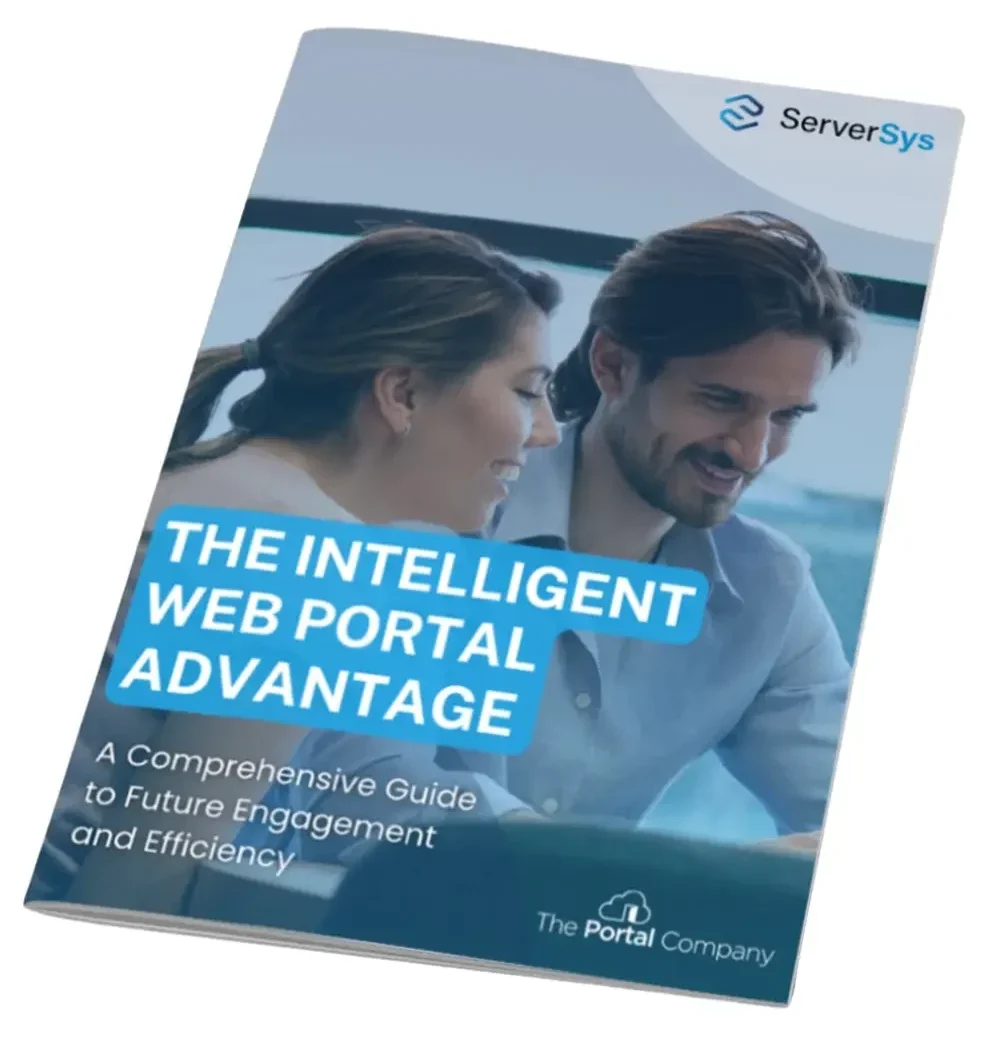Power Pages Consulting Services
We help organisations quickly deploy self-service websites using the low code capabilities of Power Pages and the Microsoft Power Platform.
Together, we develop secure, data-powered portals that enrich customer interactions.
Power Pages Consultancy
ServerSys is the leading Microsoft partner in developing customised web portals to meet unique business needs.
Our Power Pages websites prioritise personalised user experiences, automated processes, and on-demand data access to expand your online presence.
We will swiftly deliver and continuously innovate to ensure your self-service website meets your strategic objectives.
Introducing Power Pages
Rapidly launch websites using intuitive tools that integrate with your data in Dynamics 365, Power Apps and other applications.
Power Pages makes it simpler for all organisations to provide external users with data-rich, online self-service capabilities to streamline interactions and improve process efficiency.
Beyond the low code approach, ServerSys offers professional developer expertise to design a unique self-service portal that fits your needs precisely.
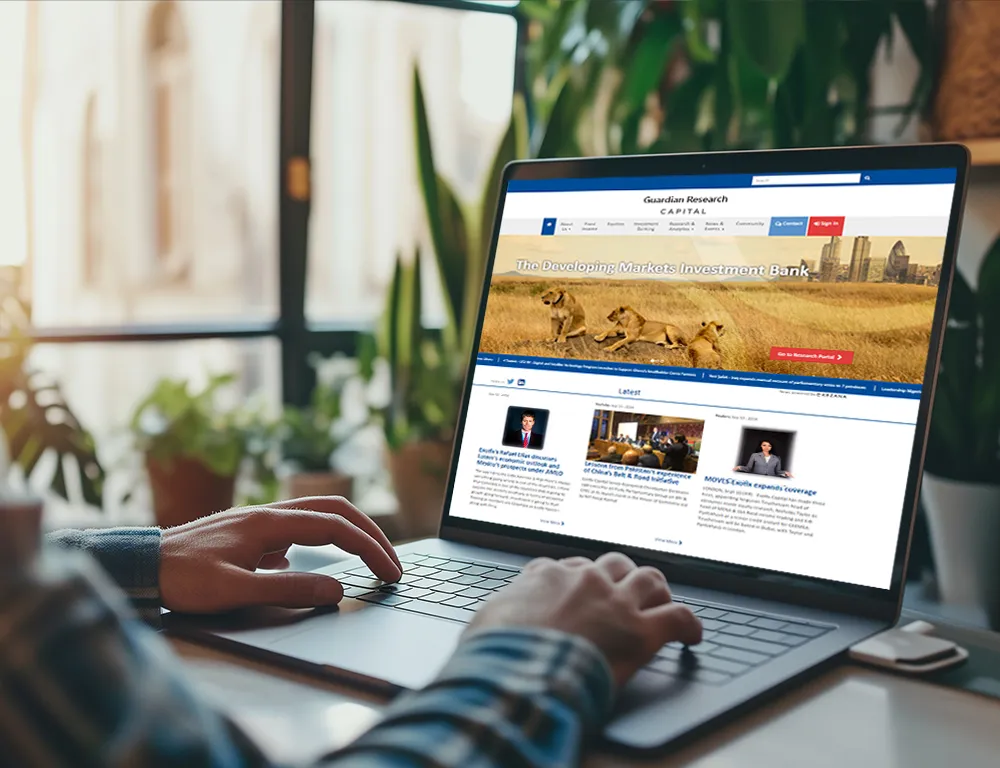
Benefits of Power Pages
Process Modernisation
Simplify your workflows, transitioning to efficient, automated online systems that reduce cost.
Rapid Deployment
Accelerate your website launch with intuitive design tools and prebuilt templates.
Seamless Integration
Easily connect Dynamics 365, Copilot, SharePoint, ERP, and other applications.
Enhanced Security
Benefit from Microsoft’s robust security measures for data protection and compliance.
Scalable Solutions
User Empowerment
Provide external users with self-service options for service efficiency and increased satisfaction.
Power Pages Examples
Below are some examples of process-driven websites that can be deployed using Power Pages templates connected with Microsoft applications.
- Managing Applications
- Self-Service Appointments
- Registration Bookings
- Customer Websites
- Partner Websites
- Membership Websites
- Vendor Portals
Enable external users to complete requests for permits, grants and other applications.

Allow customers to book time slots online by connecting your team’s calendars.
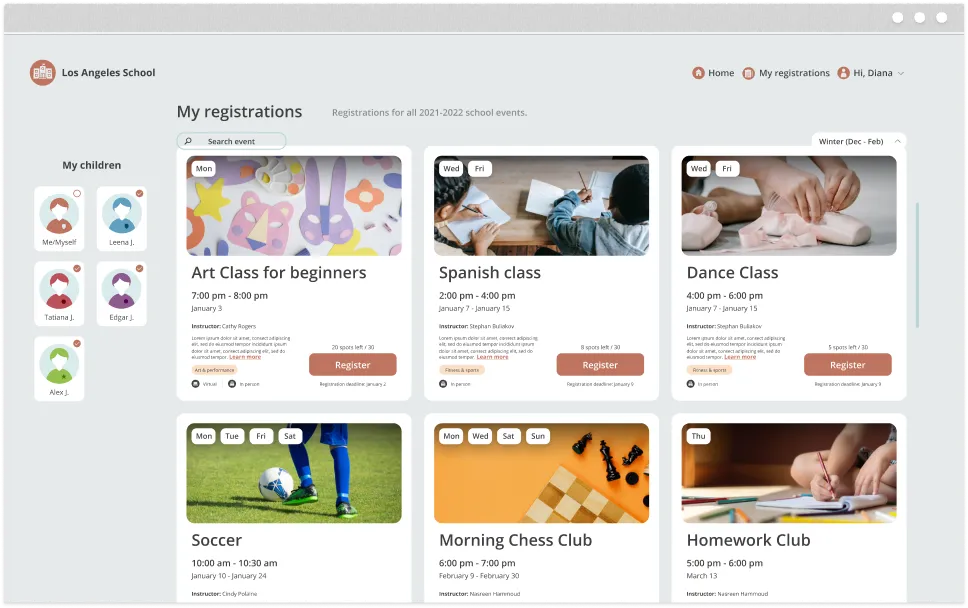
Manage sign-ups for any process or event with step-by-step online registrations.
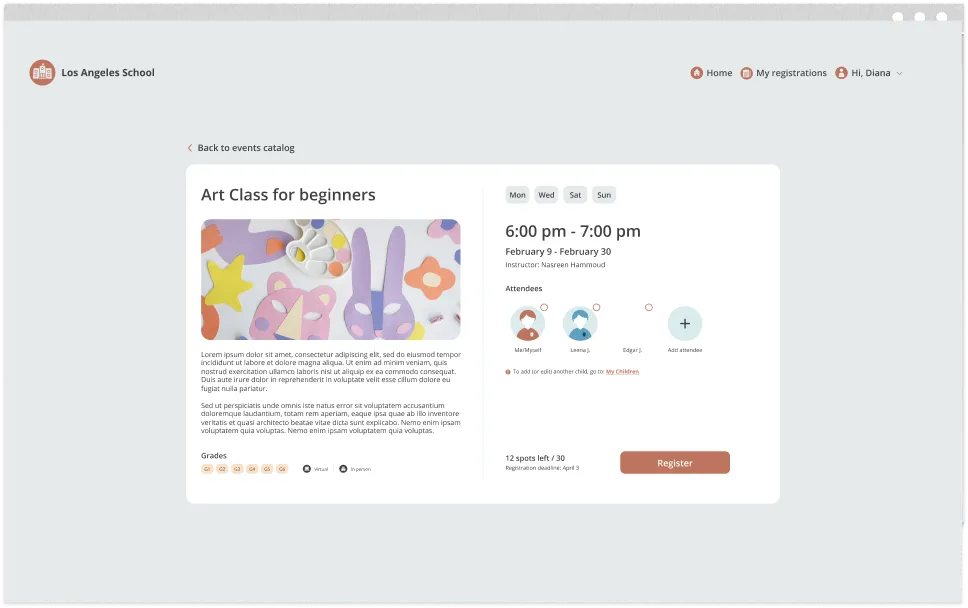
Empower customers to find answers online and send service requests to Dynamics 365.
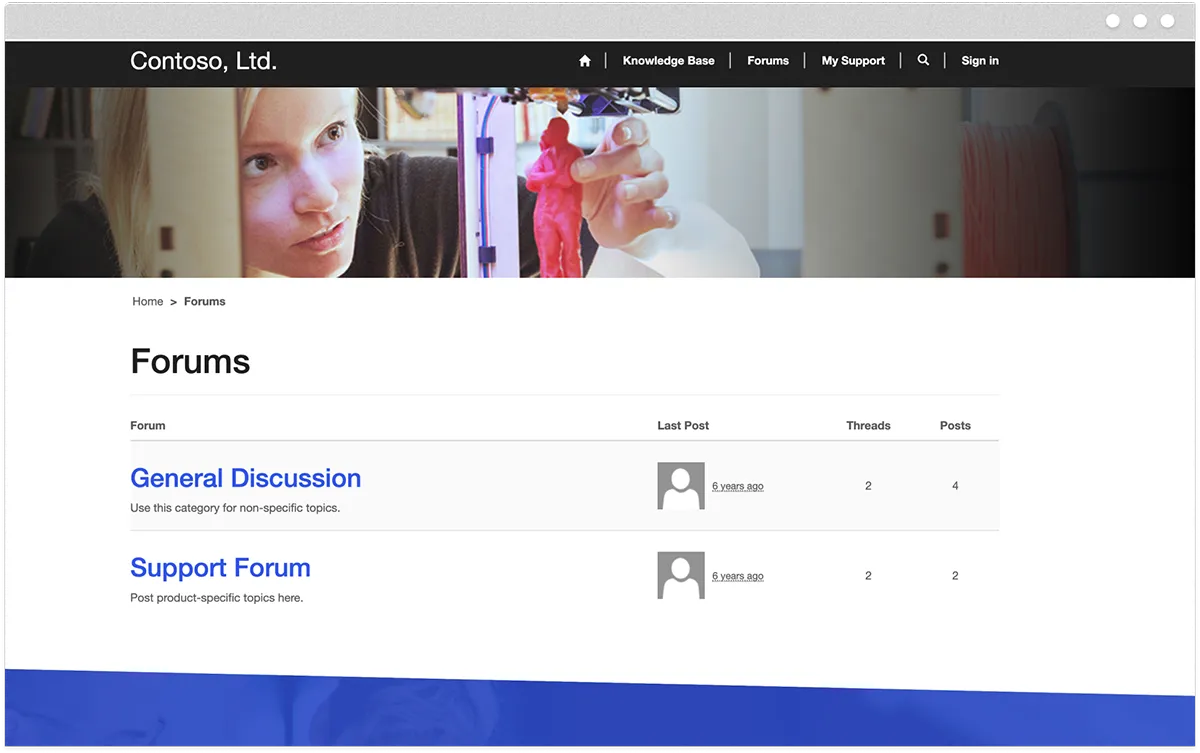
Grow your network with a collaborative portal that distributes content and leads.
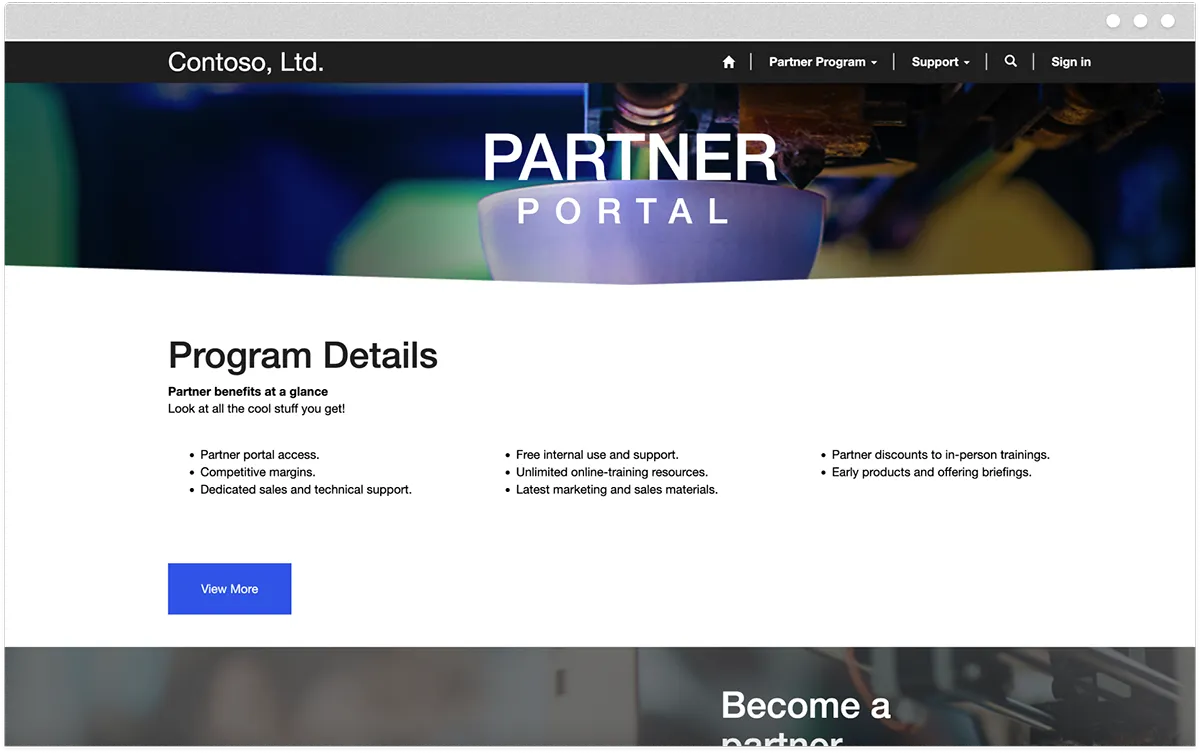
Engage members with personalised online experiences using connected data.

Simplify supplier onboarding, document handling and invoice processes with a dedicated website.
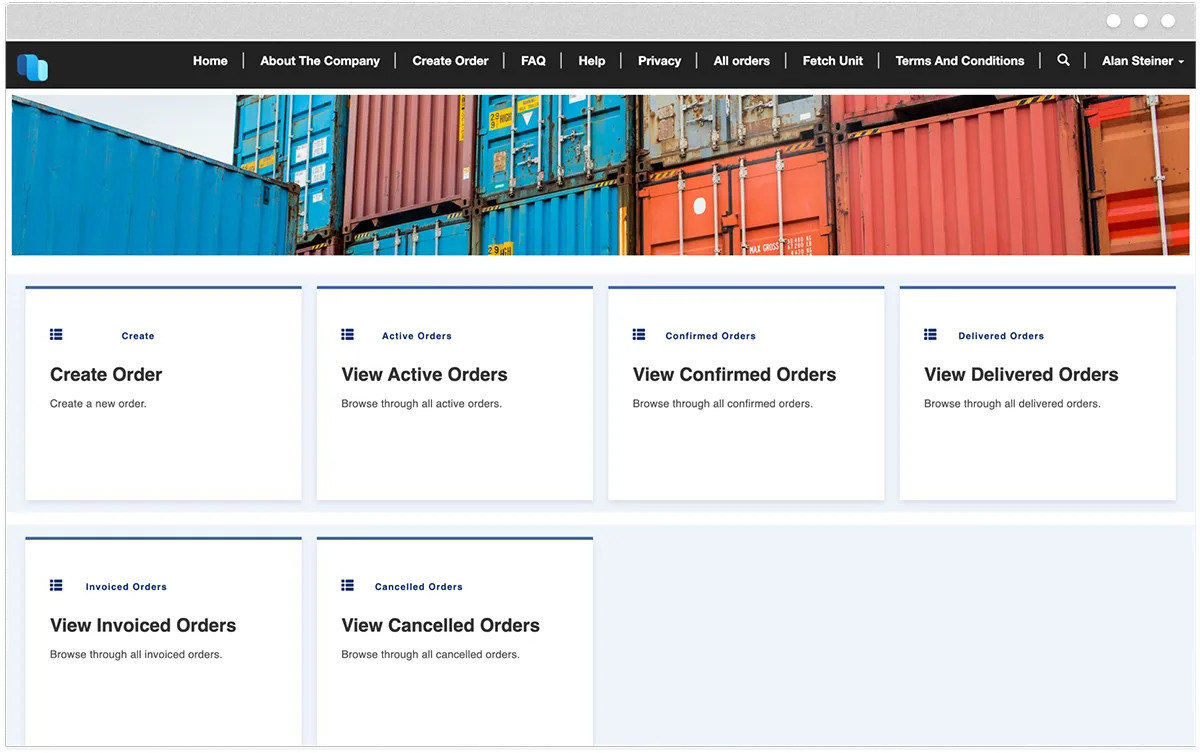
Power Pages and the Microsoft Cloud Platform
We design Power Pages websites using integration across the Microsoft Cloud to launch interactive sites powered by data.
Power BI
Embed interactive visuals in your website that allow external users to interact with your data securely.
Dynamics 365
Enable customers to make service requests that create cases in your Dynamics 365 application.
Power Apps
Connect your business apps with self-service capabilities to improve the management of repeatable processes.
SharePoint
Provide external users with secure, convenient access to shared document libraries and collaboration tools.
Demonstrating Power Pages
Video Transcript
What more could your team accomplish if they spent less time on repetitive tasks like updating CRM record forms?
One effective way to boost efficiency by minimising manual data entry is through data-driven web portals. By streamlining business processes, these websites enable customers and other individuals to independently manage their interactions with an organisation.
At ServerSys, we specialise in developing process-centric websites that enable people to complete routine tasks.
Microsoft Power Pages is a popular solution for these requirements as it offers pre-built templates to handle repeatable processes.
For example, you can start with a portal template that will handle the scheduling of appointments, meetings and jobs.
Another prebuilt, customisable template is designed for websites that will handle registrations.
There are also themed portal templates. This includes one for customer self-service websites, and here, there is one for partners to help increase engagement and collaboration.
Let’s now examine a portal built using a Power Page template to process applications.
There are various situations where organisations manage different types of applications. These could include permits, volunteer registrations, grant funding requests, or award nominations.
Using this template, application web forms like this can be quickly customised using drag-and-drop tools to guide applicants through each step of the process.
Additional components can be included to collect further information from applicants. For example, this form has been adapted to allow people to upload documentation that supports a health insurance application.
Power Pages integrates natively with Dynamics 365 and Power Apps.
This means that data from web forms and other portal actions automatically flow into your database.
This seamless processing eliminates time spent importing or manually entering the same information into CRM. Instead, submitted applications and other routine workflows can be swiftly progressed to improve efficiency and transparency, which can also contribute to more detailed profiles and personalised interactions.
Because Power Pages is built on the Microsoft platform, portal actions can drive workflow automation using Power Automate.
In this example, a flow is triggered when a health insurance application is posted. This looks at the relevant database table, and when a record is added following a form post, the flow is configured to send this email acknowledgement.
A similar notification can be triggered to alert a team member when a new application is received which prompt them to take action.
In addition to reducing admin burdens, integrated portals help organisations maintain compliance.
For example, there may be a need to capture a formal signed agreement.
One of the portals we’ve developed is for a club that supports the next generation of sailors.
Because their activities involve children, they routinely need to collect completed parental consent forms. Previously, this involved a rush of emails when forms were sent and received, making it time-consuming to manage this process.
By using this portal, completed forms are easily shared with parents and guardians. Once a signed agreement is uploaded, it can synchronise with SharePoint for centralised document management. Further automation can be enabled by integrating DocuSign or similar document-signing solutions.
In this membership portal, individuals can update their contact details and other information. With access to these self-service tools, it eases the pressure on service teams by allowing individuals to complete actions themselves.
The data presented here is published from Dynamics 365, and any changes saved by an authenticated portal user will be automatically written back to the database.
On any self-service website, organisations determine what data is published and what permissions each type of portal user should have. We develop custom portals that use the same security profiles as Dynamics 365, so you can precisely control who can access information and make changes.
Within a member portal, individuals can manage their subscriptions directly. In this example, a user with a free account is logged in. Here, they can review the available membership plans and select the option that best suits their needs.
Our custom portals can integrate with payment services like Stripe to streamline transaction processing and allow upgraded members to access benefits quickly.
Behind the scenes, automated processes update CRM and accounting systems with these transactions and notify service and finance teams accordingly.
Self-service portals also enable customers and other users to find answers online, helping to deflect potential service requests, which reduces the demands on service reps.
Since Power Pages integrates with Dynamics 365, it allows for the sharing of unified knowledge resources. The same content that’s utilised by service teams can be made accessible to external users through a portal that includes answers to frequently asked questions.
In this example, an article is found that helps with a delivery issue.
If answers can’t be found, customers can request help by creating a service ticket.
After typing in a few words to describe the issue, the portal will promote contextual knowledge articles. This is another example of how some requests can be deflected, especially if a customer hadn’t already checked the knowledge library.
In this instance, the recommended article doesn’t specifically address my query, so I’ll proceed with a service request.
This portal connects to Dynamics 365 Customer Service, creating a new case and routing it through a defined case management workflow. This process will determine who is assigned to the case and which service level agreement applies.
Additional automation often includes triggering a customer email to confirm a case has been opened, which includes the unique reference number.
Once that request is made, customers can see at a glance the status of open service tickets and view a history of their previously resolved cases within the portal interface.
In addition to websites for consumers, we also develop portals for B2B relationships. In these instances, authorised users can access related company information.
Additional privileges may include allowing authorised people to manage access permissions for their colleagues directly. Using these capabilities, they can self-administrate by adding, updating or removing portal users related to their organisation.
In addition to contact information, knowledge articles and case details, you can publish any standard or custom entity from Dynamics 365 and other data sources within a custom portal.
In this example, a user can view the recent orders on their account.
This view also includes an AI-generated summary. These AI insights dynamically highlight information displayed in lists on portal pages and include visualisations to help people interpret data, making it more accessible.
Now, let’s explore how web portals can enhance event management to improve efficiency and benefit participants.
This is a customised platform that we’ve developed for sailing clubs to handle each aspect of their race events and regattas.
These organisations must comply with stringent safety standards; therefore, race entrants are required to complete checklists detailing their boats, crew, and other essential items.
The administration this involves can lead to convoluted registrations and time-consuming check-ins for events, which can detract from people’s experiences.
This is where a portal can transform processes to improve these outcomes. From this dashboard, a race entrant can view their outstanding actions.
One of these items prompts them to upload a certificate to comply with race regulations.
Each entry will also involve one or more checklists. Within each checklist, entrants are prompted to provide the mandatory information.
Once a checklist is complete, the entry can be submitted for approval. To minimise manual admin, our solutions include workflows that can automatically approve checklists if the answers match an organisation’s entry rules.
When human oversight is necessary, the structured online checklist process reduces the burden on event officials since all information about each entry is consolidated in one place.
Once each entry is approved or declined, automated emails will be sent to entrants. Race officials can also add annotations, such as notes and reminders, which can simplify steps during the event check-in.
Earlier, we saw how portals provide access to knowledge resources. Using artificial intelligence, this experience can be further enhanced.
For example, AI can pull information from organisational resources to answer user questions.
Intelligent bots can be deployed that interpret queries, understand context and provide accurate, human-like responses.
To demonstrate, we’ll continue in our yacht racing management portal.
When racing incidents occur, competitors may want to lodge a protest. In other instances, they may wish to query a scoring decision. Before deciding whether to request a hearing, they’ll want to consider the official rules.
Few people have memorised the entire set of racing rules, so to minimise the effort of referring directly to this lengthy document, an AI bot is trained to answer questions about official rules. Competitors can use this bot to quickly check how the rules may be applied in the context of their specific situation, which helps them decide whether to pursue a matter.
Here, we’ll describe an incident during a race and ask the bot to interpret it based on the official racing rules. In this scenario, the response received suggests the competitor would have justification for making a formal protest to the race officials.
These are just some examples of how web portals help organisations increase efficiency, ensure compliance and boost engagement.
Through our dedicated practice, The Portal Company, we build custom websites that provide personalised, intelligent experiences.
Whether you want to implement a website that connects with Dynamics 365 or a highly customised portal, please get in touch to discuss how we can help you launch a scalable data-driven website that achieves your goals.
Frequently Asked Questions
How is Power Pages licensed
Please read our post to explore Power Pages licensing, including capacity meters and pay-as-you-go options.
How secure are Power Pages websites?
Power Pages embeds security at its core with enterprise-grade capabilities, enabling secure access to business data through comprehensive authorisation rules. It supports various authentication providers, including anonymous access options.
Hosted on Azure App Service, Power Pages adheres to ISO, SOC, and PCI DSS standards. Further, with TLS 1.2 standards, Azure DDoS protection, dynamic IP restrictions, and a web application firewall, Power Pages ensures robust defence against common web vulnerabilities and attacks. Visit Microsoft Learn to read more about Power Pages security.
What is the difference between Power Pages and Power Apps
Power Pages is designed to build data-powered websites for external users, focusing on information sharing and user interaction. Power Apps is for building custom apps that automate workflows and improve team collaboration. While Power Pages is external-facing, Power Apps primarily serves internal business needs.
Microsoft’s web portal solution was previously named Power Apps Portals, but this product has now evolved into Power Pages.
When should you use Power Pages?
Power Pages is the go-to solution when aiming to streamline repeatable processes with online self-service capabilities and delight external stakeholders. Ideal for routine interactions like service requests, registrations, bookings and applications, Power Pages enables organisations to offer convenient online services. This enhances operational efficiency by reducing manual tasks and improving the user experience to increase satisfaction and engagement among customers and external users.
Discuss Your Requirements
Discover the potential of Microsoft Power Pages for your organisation by speaking with one of our experts. Whether you want to increase efficiency or improve customer experiences, we’re here to help you launch a personalised website that fits your needs. Contact us to arrange a free initial consultation.
